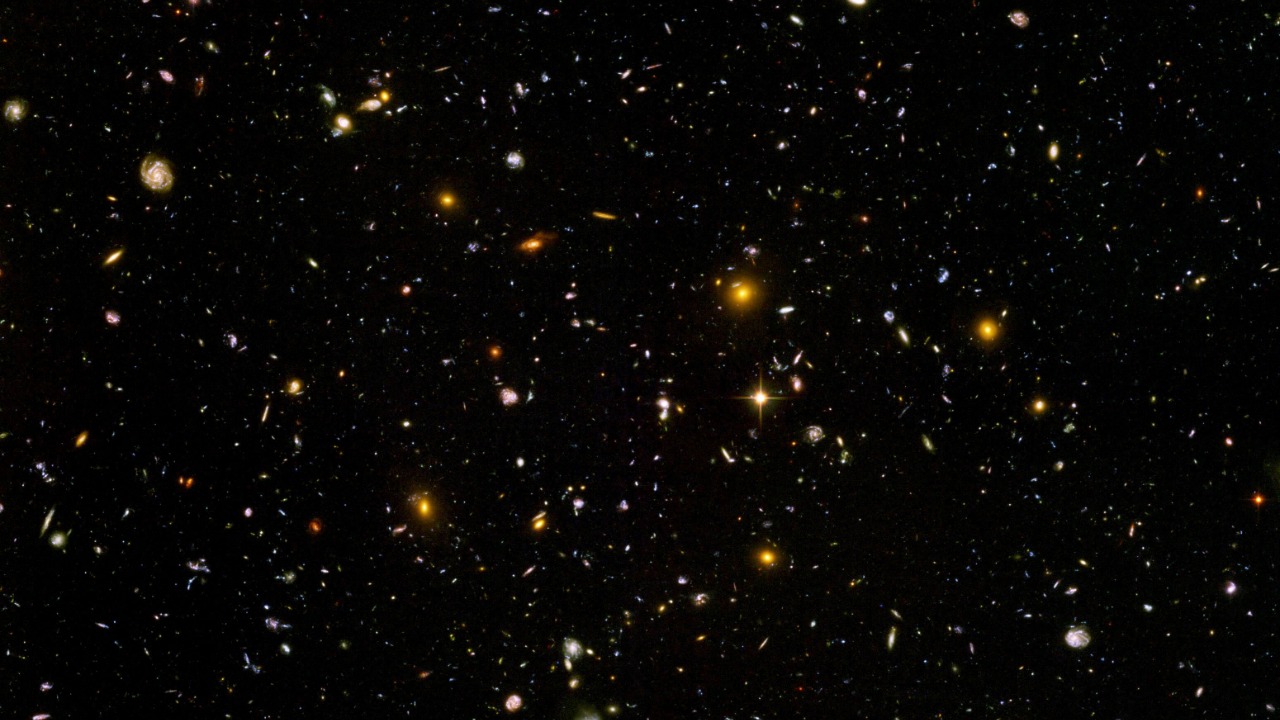
A recent signal from deep space has captured the attention of the scientific community, leaving experts both puzzled and excited. This unexpected discovery, transmitted from an inactive NASA satellite, raises intriguing questions about its origins and implications for space exploration.
Mysterious Signal Discovery
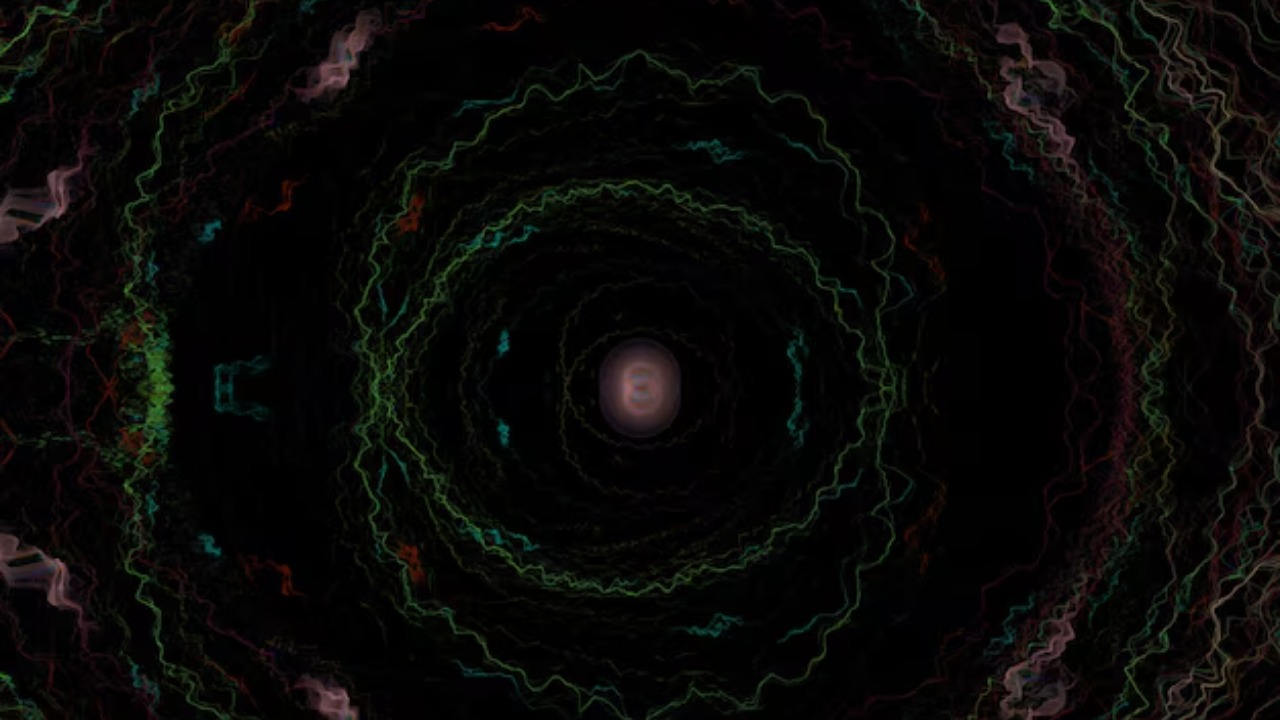
The signal, which emerged from a satellite previously believed to be inactive, has sparked significant curiosity among scientists. This satellite, long considered dormant, suddenly transmitted a radio signal that was detected by observatories on Earth. The unexpected nature of the source has led experts to wonder whether the satellite has been reactivated or if some other factors are at play.
Initial reactions from the scientific community were a mix of surprise and fascination. Many researchers were quick to question the anomaly, considering various hypotheses that could explain this unforeseen event. This signal has drawn comparisons to other unexplained signals from space, such as the famous “Wow! Signal,” which similarly left scientists grappling with its origins.
Technical Analysis of the Signal

The received signal exhibits distinct characteristics in terms of frequency and patterns. Its unique frequency and duration have been meticulously analyzed, with researchers searching for any discernible patterns that might provide clues about its origin. The possibility of a natural cosmic phenomenon or a malfunction within the satellite itself is under exploration.
The challenges in analyzing such a signal are numerous. Scientists face technical and logistical hurdles as they attempt to decode the signal’s contents. The complex nature of the data requires sophisticated technology and collaborative efforts to ensure a thorough examination. Despite these challenges, the potential insights into space phenomena make this a critical area of study.
Implications for Space Exploration
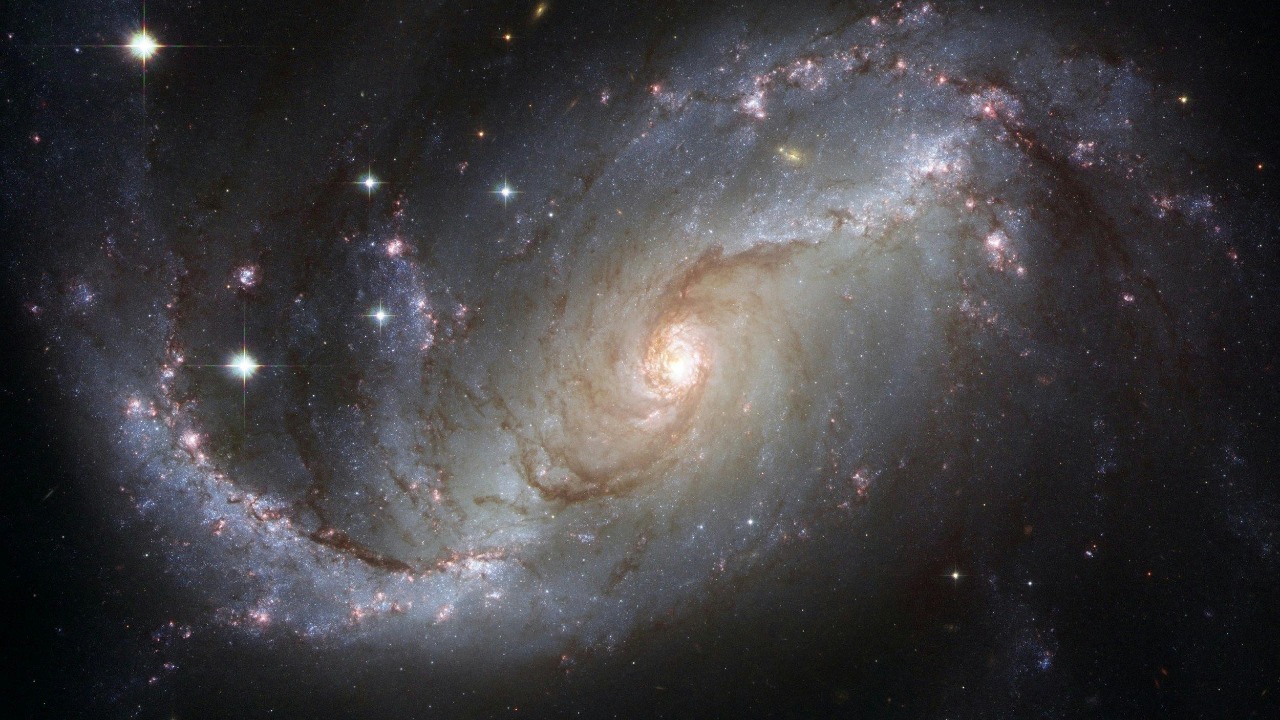
This discovery prompts a re-evaluation of satellite capabilities, particularly regarding how we design and monitor space equipment. The idea that a supposedly inactive satellite can suddenly transmit a signal suggests that our current understanding and monitoring systems may need to be enhanced to prevent similar surprises in the future.
The impact on future missions is significant, as unexpected signals can affect the planning and execution of space missions. The potential for new discoveries is immense, opening avenues for research and exploration beyond our current understanding. This event underscores the importance of being prepared for unforeseen occurrences in the vast expanse of space.
Scientific Community’s Response
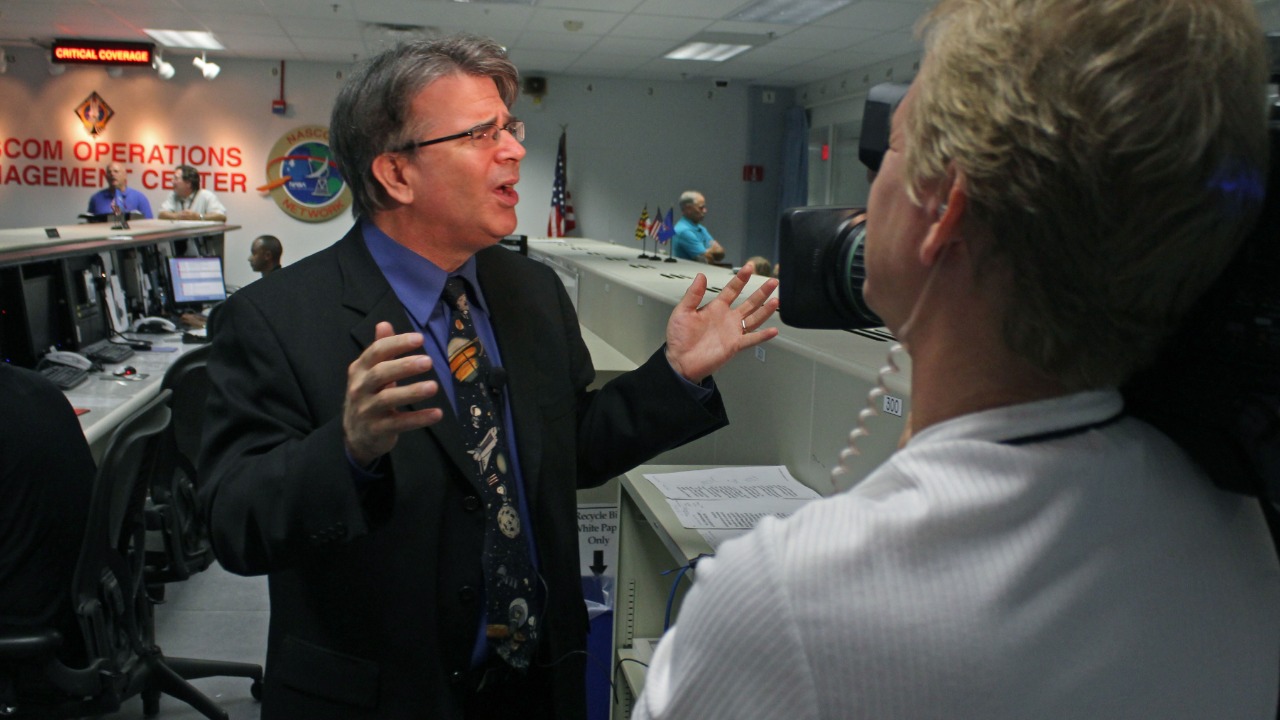
The global scientific community has quickly mobilized, with institutions worldwide collaborating to analyze the signal. This collective effort highlights the importance of international cooperation in advancing our understanding of space phenomena. The media has played a crucial role in shaping public perception and interest in this discovery, with coverage helping to bring the excitement of space research to a broader audience.
Funding and research opportunities are likely to be influenced by this discovery. As interest in the signal grows, it may drive funding priorities and inspire new research initiatives in the field of space science. The potential for groundbreaking findings provides a compelling case for increased investment in this area.
Future Directions and Next Steps
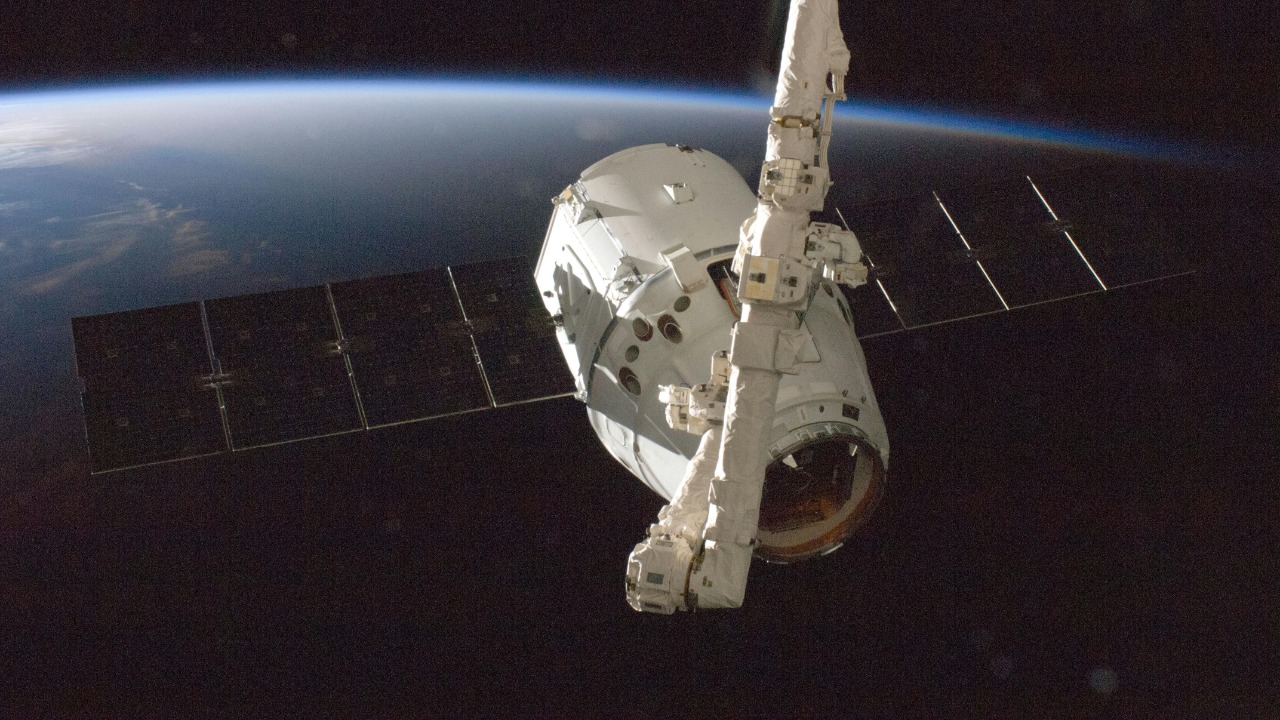
Ongoing investigations into the signal are in full swing, with researchers keen to understand its true nature. Current studies aim to gather more data and refine analysis techniques to better interpret the signal. As technology advances, new tools and methods may aid significantly in decoding such enigmatic transmissions.
The broader implications for science are substantial. This discovery challenges existing theories and pushes the boundaries of our understanding of the universe. It serves as a reminder of the vast unknowns that still exist in space and the endless possibilities for discovery and innovation.
For more detailed information, consider exploring some resources such as Discover Magazine, Science Alert, and Space.com.